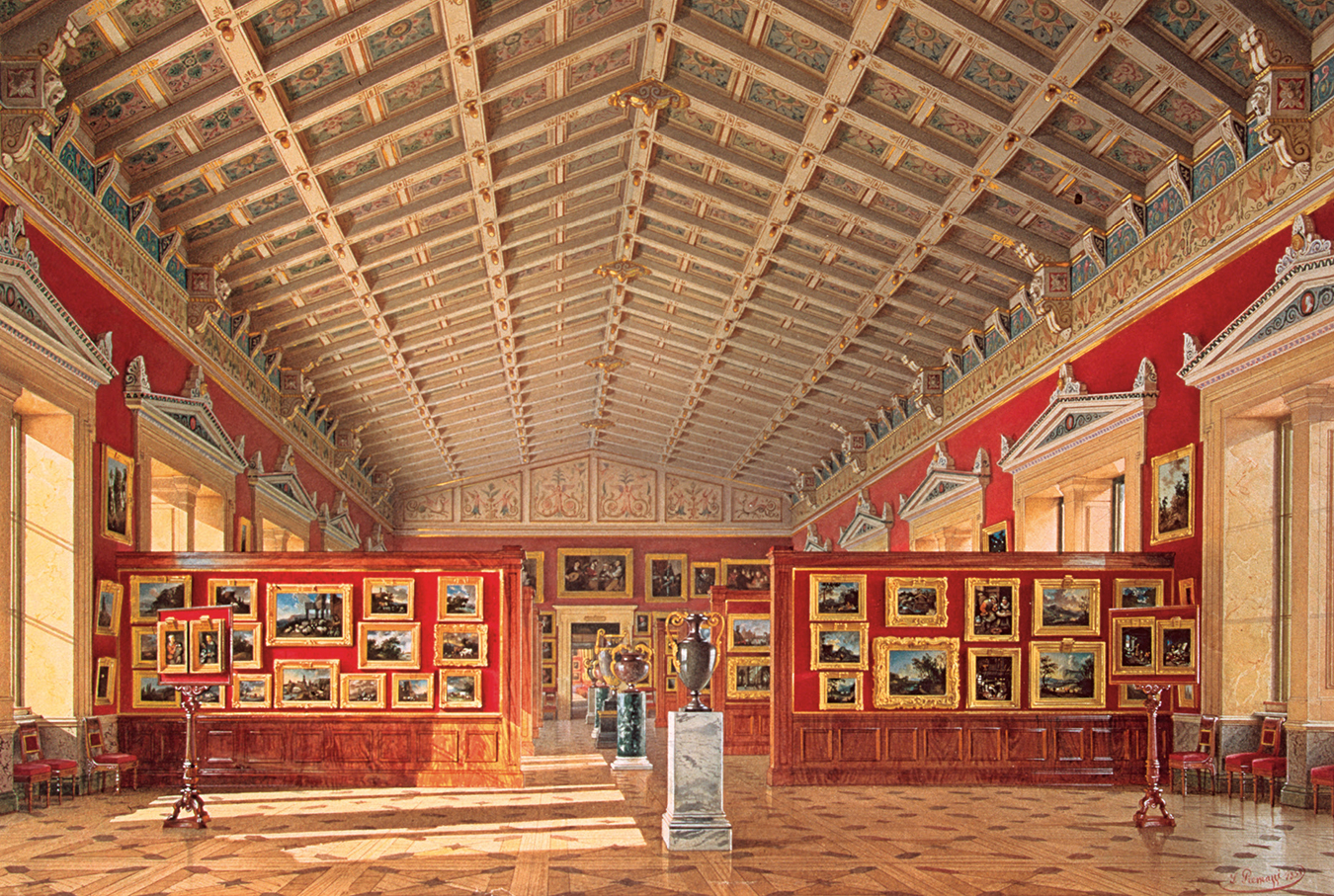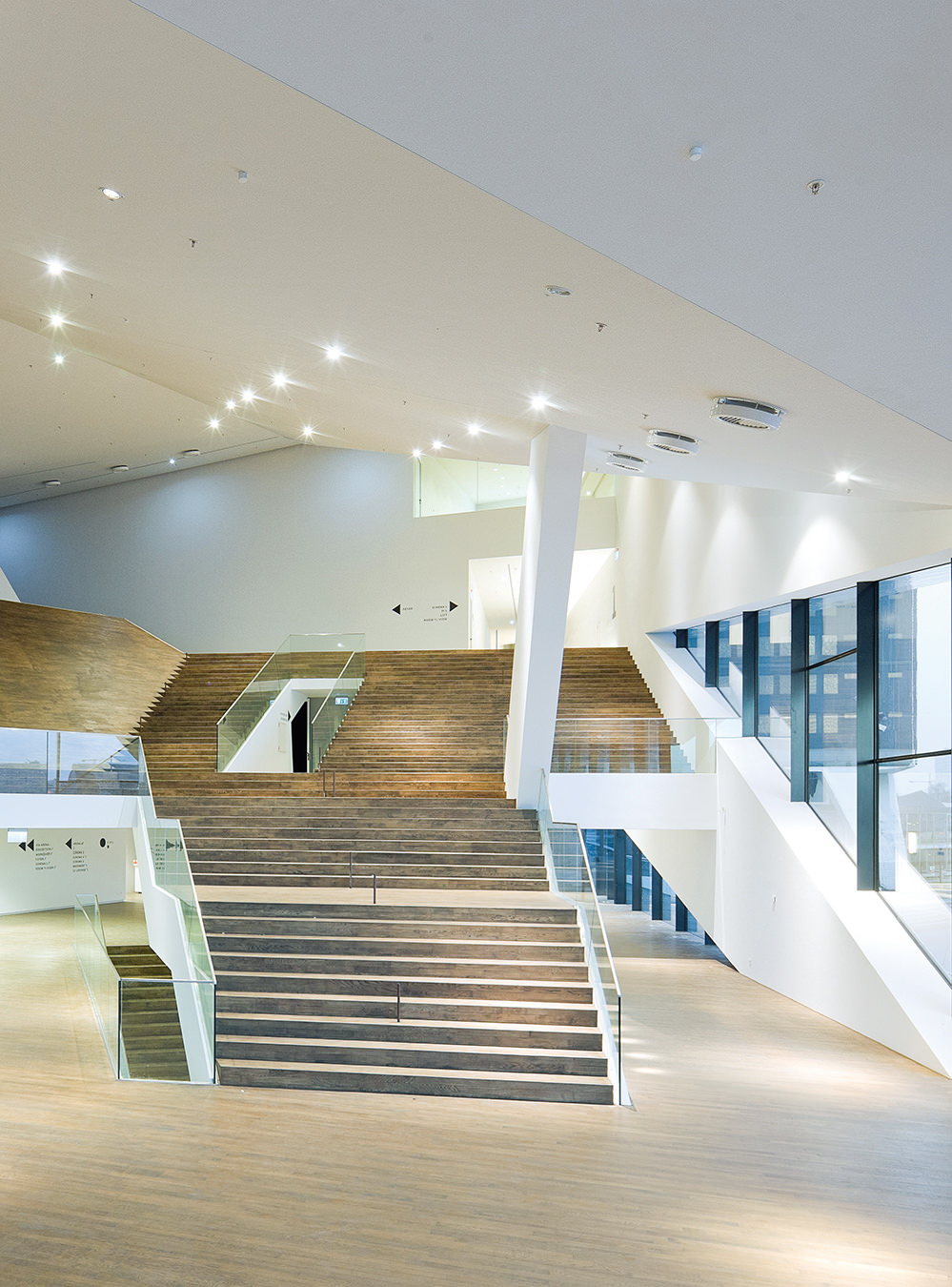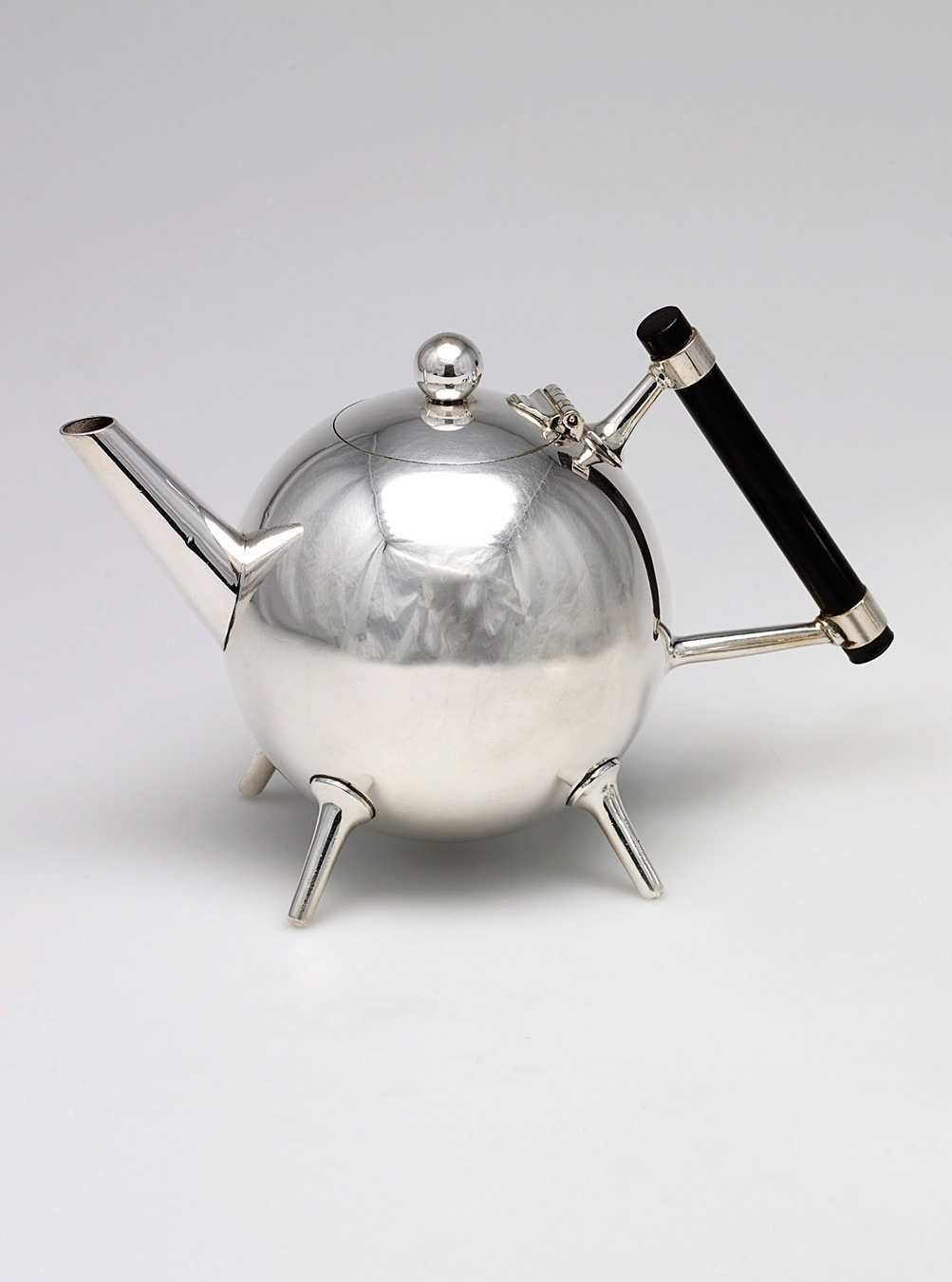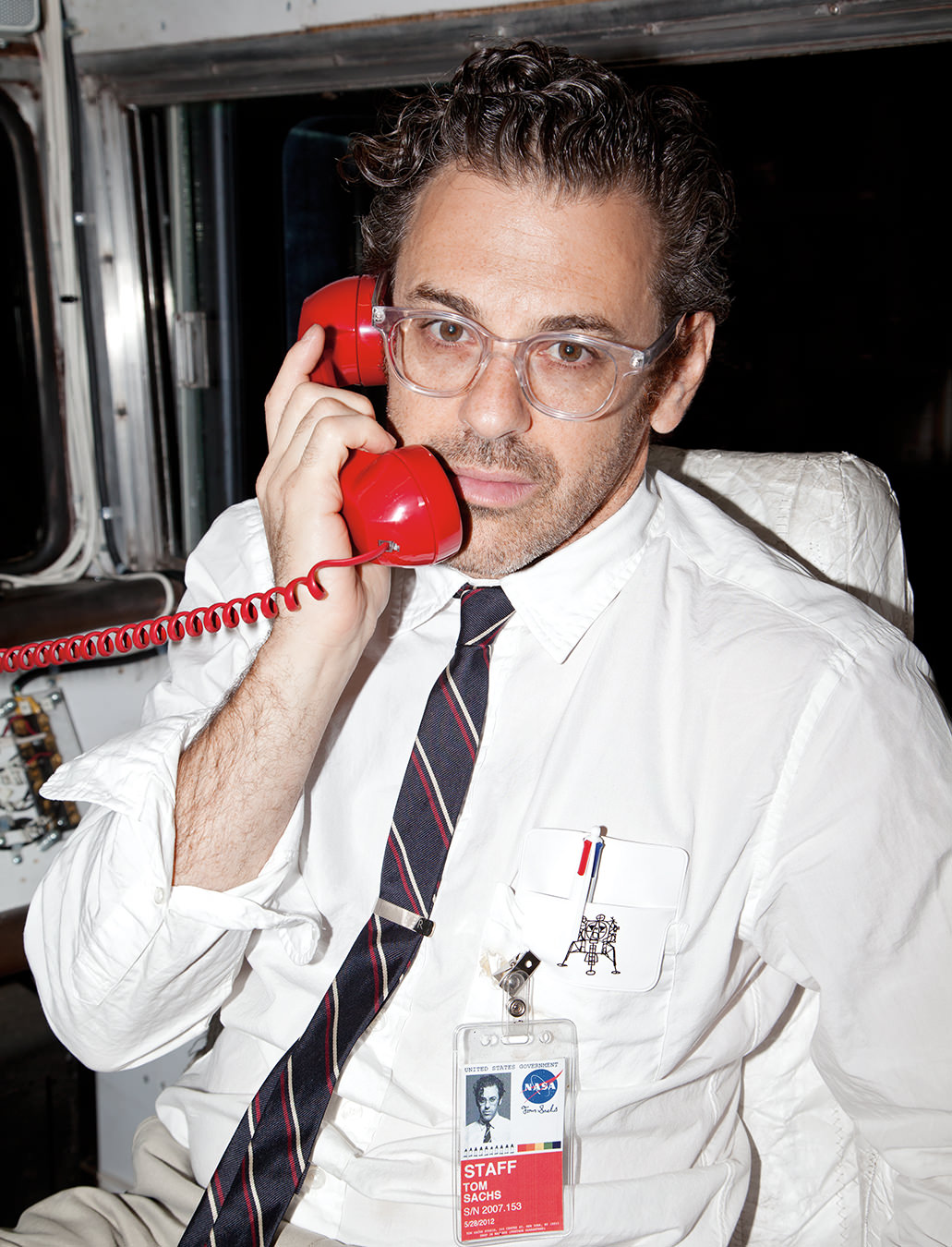-

Ch. Mayer, Russian Throne With Double-Headed Eagle and Footstool, 1797, gilded wood carving, velvet 183 x 87 x 104.
-

Paris, Firm of J. Sommer, Pipe in the Shape of a Black Man’s Head, with Mouthpiece, in a Case, C. 1890, pipe made of meerschaum and amber, case made of leather and suede.
-

Luigi Premazzi, Hall of Dutch and Flemish Masters, 1858, watercolour, whitewash.
-

Unknown atelier, Ceremonial Dress of the Dowager Tsarina Maria Fyodorovna, Widow of Paul I Maria Fyodorovna, silk, 1820-1830.
The Hermitage Amsterdam
A cultural art centre in Europe.
The State Hermitage Museum in St. Petersburg easily holds its own among the world’s preeminent cultural institutions. It is a treasure house and a guardian of masterpieces. “The rest of the world wants what we have,” says Dr. Mikhail Piotrovsky, director of the museum. “The Russian empire began here, all the main decisions happened here, and many people come here just to get that feeling of Russian history.” Now, the institution is celebrating the opening of a new branch, the Hermitage Amsterdam, on June 20, 2009.
The State Hermitage boasts one of the greatest collections of art, including European paintings by Leonardo da Vinci, Rembrandt, Rubens, the Impressionists, Cézanne, van Gogh, Matisse, and Picasso; the gold of the Scythians and Ancient Greeks; Buddhist frescoes; and an assortment of Fabergé jewellery, among many, many others. The collection comprises three million items, and is so vast that only five per cent can be exhibited at any time. The museum’s walking route is more than 20 kilometres, and it would take a visitor over 100 years to cast even a cursory glance at each object.
The Hermitage was the glory of its day; however, the building slowly decayed over 70 years of Communist neglect and the collapse of the Soviet Union only accelerated its decline. Under the gallant leadership of Dr. Piotrovsky the Hermitage has not only survived, it has become more significant in the international cultural scene than ever before. In its latest and most ambitious foreign venture, Russia’s finest art collection has inaugurated a permanent satellite in the heart of Amsterdam.
The new venue is the only dedicated, independently managed extension of St. Petersburg’s magnificent State Hermitage. “The opening of Hermitage Amsterdam is the culmination of nearly two decades of planning,” says Ernst W. Veen, managing director of the Hermitage Amsterdam. “It is a continuation of more than 300 years of close ties between Amsterdam and St. Petersburg, going back to Czar Peter the Great’s fabled residence in our city.” In 1697 Peter the Great (officially Peter I), a great admirer of Holland, travelled to the Dutch republic where he spent months learning the craft of shipbuilding.
“At the Russian Court” is an exploration of the opulent material culture, elaborate social hierarchy, and richly layered traditions of the Czarist court at its height in the 19th century.
Amsterdam, a city already rich in culture and history, doesn’t lack for museums, but the local sponsors believe the Hermitage Amsterdam is a complementary addition to the Stedelijk, Rijks, and van Gogh museums. The institution is located in a neoclassical building, the Amstelhof, which was originally constructed in 1683 as a charitable nursing home for the elderly. The building has been redesigned by architect Hans van Heeswijk (in an extensive renovation costing €40-million). As a nursing home, the building was dark and sombre with a labyrinth of passages and small rooms. Now the building has been transformed into a large light, spacious gallery. Surrounding a central courtyard, the Hermitage Amsterdam has two sizable wings containing exhibition cabinets that provide long sightlines and plenty of daylight. The building is flanked on two sides by canals, and in front by the Amstel River.
The inaugural exhibition of Hermitage Amsterdam, “At the Russian Court: Palace and Protocol in the 19th Century”, will fill the Amstelhof from June 20, 2009, to January 31, 2010. With more than 2,200 objects on loan from the State Hermitage Museum in St. Petersburg, the exhibit is a deeply researched exploration of the opulent material culture, elaborate social hierarchy, and richly layered traditions of the Czarist court at its height in the 19th century, a period that spanned the reign of six czars, from Paul I, son of Catherine the Great, to Nicholas II, the last Czar of Russia.
One entire exhibition wing will be devoted to the customs of the 19th-century Russian court, while the other wing will tell the story of the grandiose dinners, parties, and themed balls hosted by the czars. In stark contrast to its parent, the Hermitage Amsterdam design is minimalist, providing a simple backdrop against which the artefacts take centre stage. And although the experience of visiting the State Hermitage (and immersing oneself not only in the museum, but also in the city and the country) is unrivalled, the Hermitage Amsterdam will bring the richness and grandeur of Russia’s artistic heritage to one of Europe’s most charming capitals.
Each year, the Hermitage Amsterdam will mount two large-scale, temporary exhibitions, drawing on the encyclopaedic collections and unparalleled scholarship of Russia’s museums to offer cultural riches that would otherwise be unavailable in Amsterdam.
In one of her many letters, Catherine the Great declared, “Only the mice and I can admire all this,” referring to her personal collection of 225 paintings. Although her hermitage admitted only a select few, today’s Hermitage institutions, in St. Petersburg and now in Amsterdam, invite all.
Photos provided by the State Hermitage Museum, St. Petersburg.




